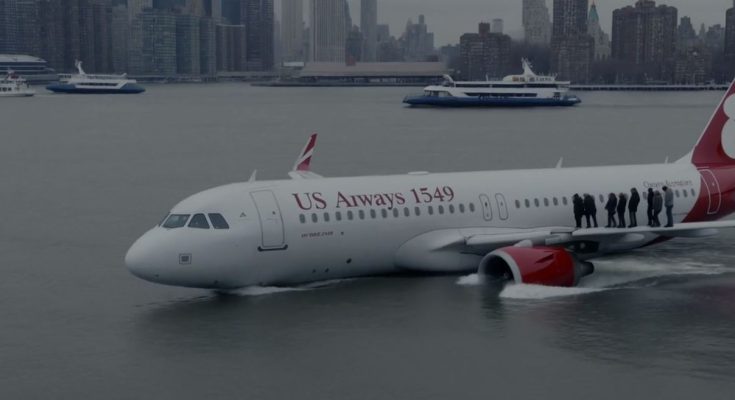On January 15, 2009, the world witnessed one of the most remarkable moments in aviation history—an event that would forever be remembered as the “Miracle on the Hudson.” US Airways Flight 1549, an Airbus A320, took off from New York’s LaGuardia Airport on what was supposed to be a routine flight to Charlotte, North Carolina. But within just a few minutes, everything changed.
Shortly after takeoff, the plane struck a flock of Canada geese at around 2,800 feet. Both engines lost power almost instantly, leaving the aircraft without thrust over one of the most densely populated areas in the world. In the cockpit, Captain Chesley “Sully” Sullenberger and First Officer Jeffrey Skiles faced a nightmare scenario: no engines, no altitude to climb, and no time for hesitation.
Air traffic control suggested possible emergency landings at nearby airports, but Sully quickly realized they wouldn’t make it. With just seconds to decide, he chose an alternative most would consider impossible—ditching the plane on the Hudson River.
Guided by years of training and a calm under pressure that few could match, Sully glided the powerless jet down over the Manhattan skyline. At 3:31 p.m., the Airbus made contact with the icy waters of the Hudson. The landing was remarkably smooth, and the aircraft remained largely intact. Passengers scrambled onto the wings and inflatable rafts as ferries, Coast Guard boats, and first responders rushed to the scene. In a matter of minutes, all 155 people on board were safely rescued.
The successful water landing stunned the world. Aviation experts called it one of the greatest examples of airmanship in modern history. In the weeks that followed, Captain Sullenberger became a national hero, praised not only for his skill but also for his humility. He famously remarked, “I was just doing my job.”
The Miracle on the Hudson is more than a story about a plane crash—it is a lesson in leadership, teamwork, and human resilience. It demonstrated the importance of training, quick decision-making, and remaining calm under unimaginable pressure. Today, it continues to be studied by pilots and admired by millions as a shining example of courage in the face of disaster.
What could have ended as a tragedy instead became a symbol of hope, reminding us all that even in the most desperate moments, miracles can happen.



